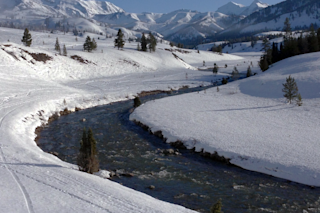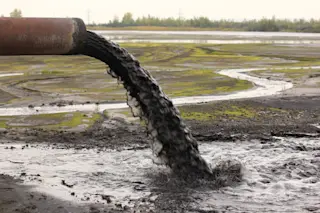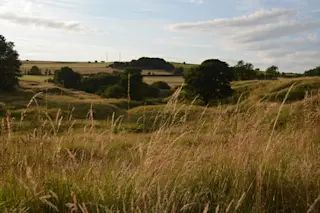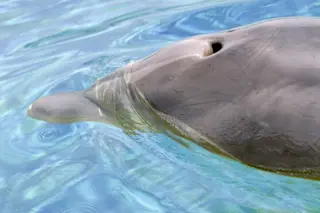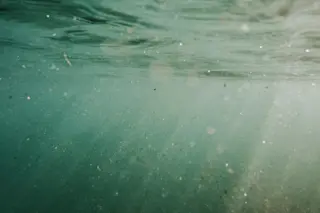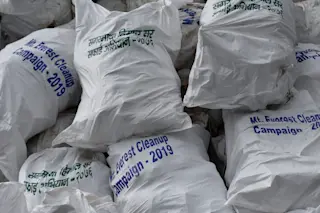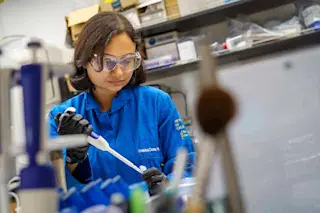The 2008 blockbuster Wall-E won heaps of awards and made over 150 critics’ lists of the best movies of the year. But the also movie made a statement about how we treat the planet today—and how we can make sure that it’s habitable tomorrow. That was the basis of the event put on Thursday night by the World Science Festival, entitled "Wall-E’s World: Design for an Invisible Footprint," which was moderated by DISCOVER’s own Carl Zimmer and held at the Museum of Arts and Design in New York City. In the first scene of the movie, the intrepid Wall-E rolls through streets filled with garbage, crushing waste into boxes and constructing skyscrapers with the refuse. Ben Schwegler, Walt Disney Imagineering R&D’s chief scientist, offered a more hopeful view of the future during his presentation and the subsequent discussion with two other panelists. "Could we really be overwhelmed by waste" he ...
World Science Festival: Creating Wall-E's World, Minus the Endless Waste
Discover the Wall-E movie impact on environment and how it sparks renewable urbanism concepts for a sustainable future.
More on Discover
Stay Curious
SubscribeTo The Magazine
Save up to 40% off the cover price when you subscribe to Discover magazine.
Subscribe


